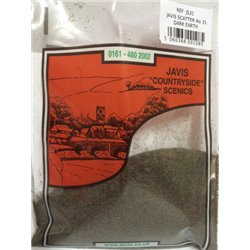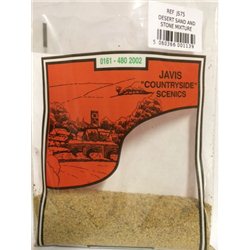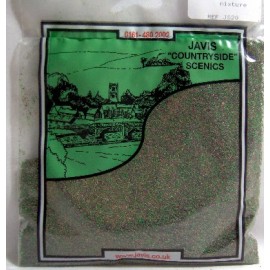There are a number of different options for attaching figures such as a horse and rider to a layout. Perhaps the...
No products
Product successfully added to your shopping cart
There are 0 items in your cart. There is 1 item in your cart.
Search Tips
How much coverage do I get out of a 20g bag of model railway scatter?
It is difficult for me to accurately estimate the coverage you will get out of a bag of model railway scatter without knowing the size of your model railway and how densely you plan to apply the scatter. Model railway scatter is used to add realism and detail to a model railway layout by simulating grass, weeds, dirt, and other small ground coverings. A bag of model railway scatter typically contains a mixture of small, finely ground particles made of materials such as foam, paper, or resin. The size and shape of the particles will also affect the coverage you get.
As a rough estimate, a 20g bag of model railway scatter might cover an area of approximately 0.5 to 1 square feet (0.05 to 0.09 square meters) if applied thinly, or half that amount if applied more densely. However, this is just a rough estimate and the actual coverage you get will depend on the specific characteristics of the scatter and how you apply it.
Click here to receive the tips weekly in your mailbox. You can unsubscribe at any time.










